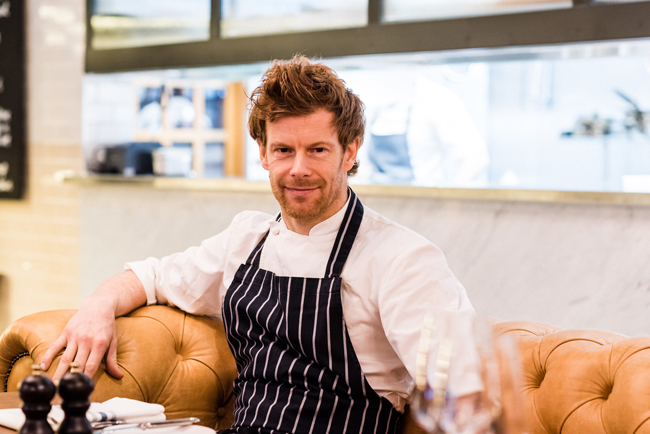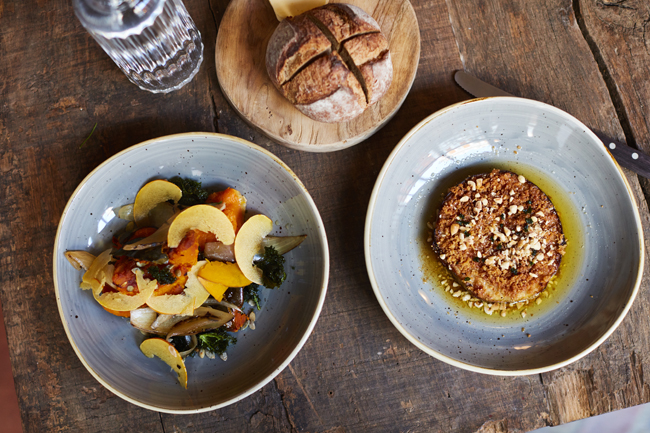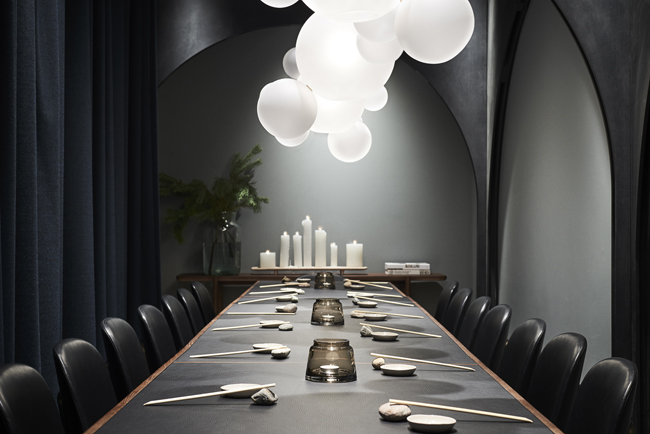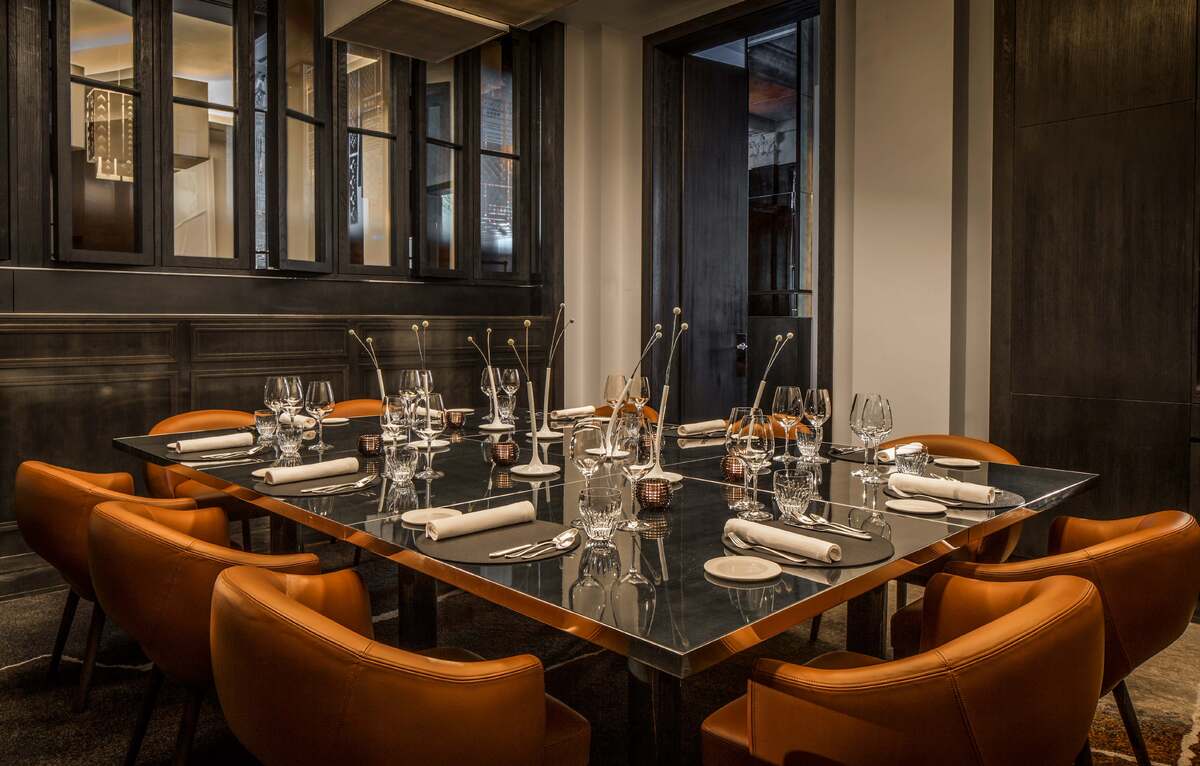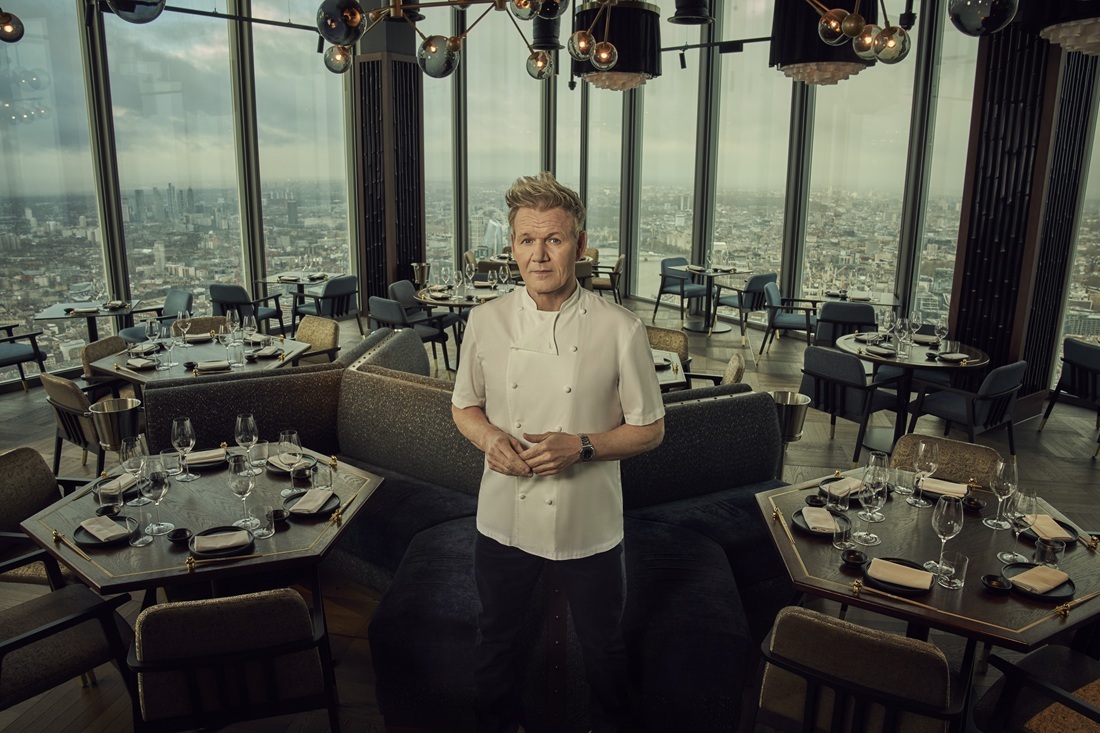How to stand out in the oversaturated casual-dining market
The casual dining market may be a victim of its own success. In a market where multiple operators offer a similar product to hungry diners, what makes one stand out above the rest? Richard McComb looks at how you can go the extra mile
If the trend-watchers are correct, restaurants will be targeting rum-quaffing vegans eating gold-leaf cakes and sustainable edible flowers in 2018, while chefs will be looking for something to replace kale and kimchi in this multibillion-pound business.
Market expansion, the diversification of eating styles, and changes in food delivery and payment methods have taken place at a breakneck pace. The average Briton is estimated to spend £44 a week on eating out. While that rate of growth is expected to slow in the next 12 months, in financial terms if not in innovation, balance sheets are expected to make pleasant reading for canny operators.
Brand visibility and an unerring commitment to customer service will be key for successful operators, according to Susan Chappell, divisional director/executive committee at restaurant and pub operator Mitchells & Butlers. "In a challenging marketplace, staying relevant to your guests is imperative. In a world where offers are constantly evolving, if you fall behind you soon disappear," says Chappell, who has responsibility for All Bar One, Browns, Nicholson's and the Castle pub portfolio.
"We need to take drink as seriously as food, as we are seeing a return to the drink occasion. Give guests difference in their drinks as well as their foods," she says.
Set your menu free
Chappell will be a key speaker at the Casual Dining 2018 trade event at the Business Design Centre, London, 21-22 February. She highlights the importance of the "guest experience", arguing that loyalty is effectively obsolete in a wide-ranging market. She adds: "The rise of health, vegetarian, vegan and free-from foods is incredibly important, and no menu will survive without a good dollop of all of them."
This is a message echoed by a large number of operators contacted by The Caterer, including Tom Aikens, chef and operator of the Tom's Kitchen brand. "Health-conscious diners will seek out options that cater to their individual diet and ethical choices in 2018," says Aikens.
"There will still be a need for quick-service dining, but restaurants will be required to provide a social responsibility. They need to show a passion for ingredients, as well as connecting their guests to their suppliers through showcase events and tastings."
Bidfood expects restaurants to offer a mix of traditional Middle Eastern ingredients fused with well-known Western dishes. Its New 4 You innovations guide features products such as Lion Middle Eastern hot sauce, hummus mayonnaise, and tahini and harissa paste, which work as marinades, dips and toppings.
"We all know that little touches go a long way and Bidfood provides a range of catering equipment to help give menu presentation an authentic feel, such as tapas dishes, terracotta tagines and stonecast plates," says Lucy Pedrick, insights manager at Bidfood.
She also points to the growing popularity of Modern European cuisine, with diners seeking out flavours across Scandinavia and the Balkans, through to the Mediterranean.
Food by design
Bricks and mortar â" specifically restaurant fit-outs â" are increasingly important, with the design of venues playing on dinersâ sense of place, comfort and aspiration. SticksânâSushi, which delivers a trendy Nordic spin on Japanese cuisine, opened its fifth London restaurant, in Victoria, at the end of 2017 and plans further openings in Soho and Chelsea in 2018. It also has restaurants in Oxford and Cambridge.
Andreas Karlsson, SticksânâSushi chief operating officer, says the group is âhumbly confidentâ in its product, so the F&B offer varies little from country to country (there are 12 branches in Copenhagen). âWe differentiate ourselves in the design, with every restaurant offering its own discrete experience,â he says. âWe pay a lot of respect to both the area and the people working and living there, and we also incorporate any notable features already in the space into the new design.â
At Victoria, the interior recalls monastic cloisters, with a free-standing arched canopy spanning the top floor. âBeing in a brand-new building, it would have been easy to create a âglass boxâ, but instead we have made it an oasis from the city outside, with warm clay surfaces and the comforting embrace of the canopied space upstairs,â says Karlsson.
Karlsson adds: âThe Danish philosophy of âmerydelserâ â" which translates roughly as âgoing the extra mileâ â" informs our customer service. We put the guest at the heart of everything we do and ask ourselves, what will make their visit better, happier, more memorable? Then we do our utmost to deliver that unique experience.â
A taste for retro
Street food operator Kerb, which runs six markets in London, predicts further demand for one-off, handmade dishes, âfilled with the heart, soul and personalityâ of traders. Such has been the impact of street food on mainstream casual dining that restaurants will be watching developments closely.
Alison OâReilly, Kerb head of marketing, says: âWe expect to see more regional Asian foods and a return of retro favourites, like pop tarts, smores [cookies, chocolate and marshmallows] and soft-serve ice-cream. We think people will continue to seek out healthy options, like plant-based alternatives, sustainable sourcing, super powders or root-to-stem eating.â
Social media continues to drive business, particularly among millennial audiences. At the health and design-conscious Love Thy Neighbour restaurants in Liverpool and Manchester, whose vibe is described as LA-cum-Ibiza, teams post live Q&As and vlogs to engage and inform about the latest in nutrition.
In a marketplace where authenticity is vital, is there any place for large-scale food manufacturers, then? McCain thinks so. The Beefy Boys, set up by former backyard cooks turned restaurateurs, opened its first outpost in Hereford. It uses McCain Fries and sees the product as compatible with its values.
Anthony Murphy of the Beefy Boys says: âThey cook up fantastically, they look rustic with a little a bit of skin on them, and they are by far the best that we came across.
âYou can get a burger in every pub, so you need to find an edge. That applies to our fries, too. We do sell plain fries, but we also have topped and seasoned options. We have people coming in just for the fries.â
The buzz in restaurant drinks may have been dominated by craft beers and artisan spirits, but operators are missing a trick by failing to refresh their wine lists. Gerald Chislett, national account manager at Hallgarten Wines, points out that consumers who drink wine at casual-dining brands spend 21% more on average than those who do not.
Chislett believes consumers will look to âpremiumiseâ and spend more if the wine is right. He says: âThe emotional levers we are seeing in consumers affect the way we look at supplying wine to casual dining brands. We have to put ourselves in the customerâs shoes, look at the psychology and ask ourselves why customers would buy a specific product.â
One-stop shop
Hotels are also looking to reclaim territory lost to the high-street casual-dining market â" by playing their rivals at their own game. Euan McGlashan, co-founder and managing partner of Valor Hospitality Partners, says: âWeâd seen guests leave hotels to eat at restaurants nearby. We knew hotel dining venues had the potential to compete, but the sector seemed to have a lacklustre attitude to
making it happen.â
Valor set up an F&B team to implement dining concepts in response to consumer demand for casual, quality hotel restaurants and bars, such as Store Street Exchange at DoubleTree by Hilton, Manchester. âOn one Saturday night, it served 120 people, with around 85% of diners coming from outside the hotel,â McGlashan says. âItâs evidence that hotel F&B concepts can satisfy hotel guests and succeed alongside a competitive high-street market.â
Suppliers
- Bidfood www.bidfood.co.uk
- Casual Dining Show www.casualdiningshow.co.uk
- Hallgarten Wines www.hdnwines.co.uk
- McCain www.mccainfoodservice.co.uk
- SticksânâSushi www.sticksnsushi.co.uk
- Valor Hospitality Partners www.valorhospitality.com



